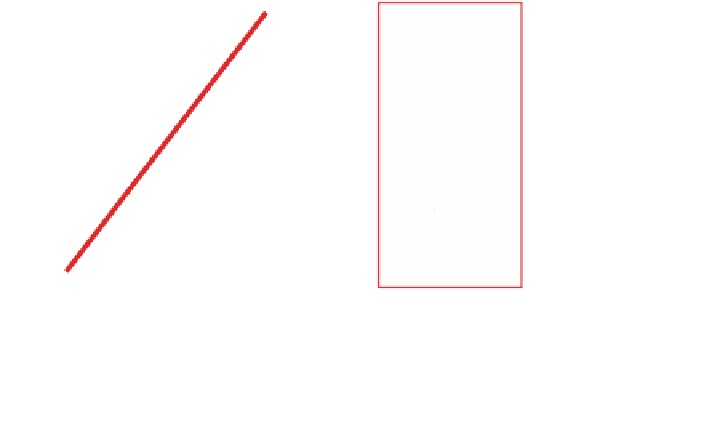Geoscience Reference
In-Depth Information
Table 1 Shell information
Shell ID
Length
(mm)
Height
(mm)
Width
(mm)
Locality Geological
age
Ontogenetic
age (years)
Applied
method
Ai24568
86.7
82.0
23.2
Tromso,
Norway
Modern
71
Oxygen
isotope
analysis
AI-EgLo-02 53.3
46.6
14.0
Lofoten,
Norway
Found dead,
beach
deposit
45
Frequency
analysis
Raman
microscopy
Information on shell morphology, shell origin, geological and ontogenetic ages as well as applied
methods are given. Measurements marked with (*) for specimen AI-TjBe-01 give values for partly
fragmented shell portions
AI-TjBe-01
57.2*
84.0
24.4*
Tj
rnes,
Iceland
ö
Pliocene
Not
determined
18
O
Ai24568 has been live-collected in Troms
ø
, Norway in 2006 and used for the
δ
approach.
In the laboratory, all specimens were cleaned using a paintbrush, deionized water
and an ultrasonic bath. Afterwards, shells were externally strengthened with an
epoxy resin and cut along the line of strongest growth (LSG, Fig.
2
). The cut shell
sections were glued onto glass slides and ground on sandpaper with varying grain
sizes of 15, 10 and 5
m respectively.
To improve the visibility of the individual growth increments, the thick-section
intended for the frequency analysis (shell ID: AI-EgLo-02) was stained with
Mutvei
μ
ne et al.
2005a
). Digital images were taken under a stereo-
microscope (Olympus, SZX12) attached to a CCD camera (Olympus) and
'
s solution (Sch
ö
(a)
(c)
(b)
LSG
500
μ
m
Fig. 2 Cutting axis and location of shell increments in A. islandica. a Right valve of an A.
islandica specimen with line of strongest growth (LSG, equals cutting axis). b Graphical
illustration of an A. islandica thick-section after cutting through the LSG (red). Black box indicates
the umbonal area shown in c. c Magnification of the umbonal area, stained in Mutvei
s solution
and showing annual growth increments. Growth band widths are measured perpendicular to the
increments, as indicated by the white lines
'





















































Search WWH ::

Custom Search